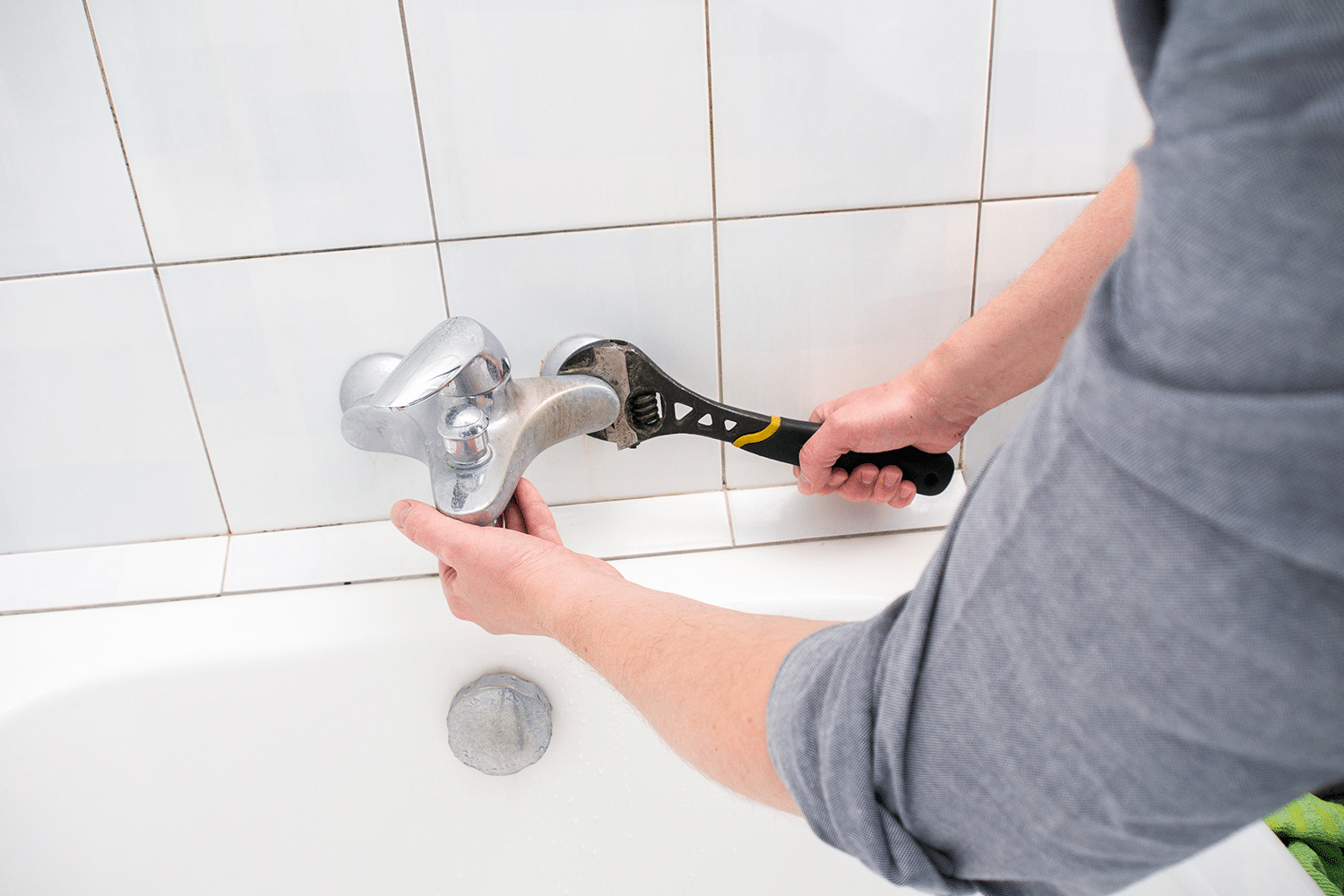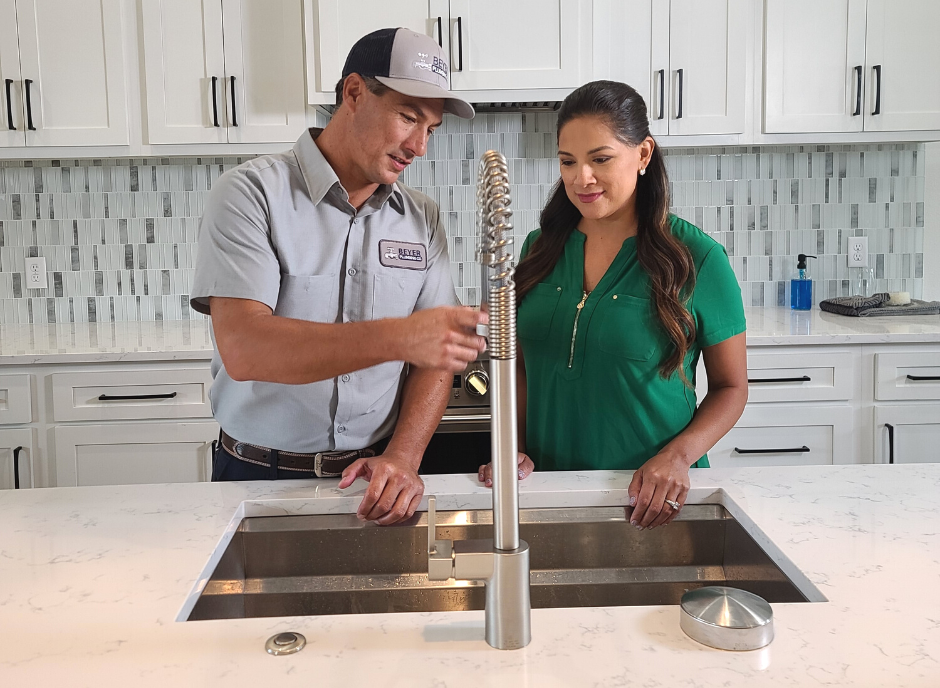Discovering the Value of Fixing a Dripping Faucet
Discovering the Value of Fixing a Dripping Faucet
Blog Article
This post in the next paragraphs about Leaky Faucets: Why They Happen & What to Do About Them is indeed enlightening. Don't miss out on it.

Dripping taps might appear like a minor trouble, however their effect surpasses simply the nuisance of the audio. From drainage to sustaining unnecessary financial prices and health and wellness risks, ignoring a dripping faucet can cause various consequences. In this write-up, we'll look into why it's critical to address this usual family issue without delay and efficiently.
Waste of Water
Environmental Influence
Dripping taps contribute dramatically to water waste. According to the Epa (EPA), a single tap dripping at one drip per secondly can waste greater than 3,000 gallons of water annually. This not only stress water resources yet also affects environments and wildlife based on them.
Step-by-Step Guide to Repairing a Dripping Tap
Tools Called for
Before attempting to take care of a dripping faucet, collect the needed devices, consisting of an adjustable wrench, screwdrivers, substitute parts (such as washers or cartridges), and plumber's tape.
Typical Faucet Issues and Their Solutions
Identify the kind of faucet and the specific problem creating the drip. Typical problems consist of damaged washers, corroded valve seats, or damaged O-rings. Refer to manufacturer instructions or on-line tutorials for detailed guidance on repair work.
Financial Expenses
Enhanced Water Costs
Beyond the ecological influence, trickling faucets can pump up water costs substantially. The accumulated wastage gradually converts into higher utility costs, which can have been avoided with timely fixings.
Potential Residential Property Damages
In addition, long term dripping can result in harm to fixtures and surface areas bordering the tap. Water accumulation can cause staining, corrosion, and even architectural problems if left ignored, causing extra repair service expenses.
Health and wellness Concerns
Mold and Mold Development
The constant visibility of moisture from a trickling faucet develops an optimal environment for mold and mildew and mildew development. These fungi not just compromise indoor air high quality yet likewise posture health dangers, particularly for people with respiratory problems or allergic reactions.
Waterborne Diseases
Stationary water in trickling faucets can end up being a breeding ground for germs and various other pathogens, enhancing the danger of waterborne conditions. Impurities such as Legionella bacteria flourish in stationary water, potentially bring about significant illnesses when ingested or breathed in.
Do it yourself vs. Specialist Fixing
Pros and Cons of Do It Yourself Fixing
While some might attempt to fix a dripping tap themselves, do it yourself repairs come with their own collection of obstacles. Without correct expertise and devices, do it yourself attempts can exacerbate the issue or bring about incomplete repair services, prolonging the trouble.
Benefits of Working With an Expert Plumber
Working with an expert plumber ensures that the underlying root cause of the dripping faucet is dealt with properly. Plumbing technicians have the competence and tools to diagnose and fix tap concerns efficiently, conserving time and lessening the threat of further damages.
Environmental Duty
Individual Payment to Conservation
Taking obligation for taking care of dripping faucets lines up with wider efforts toward water conservation and environmental sustainability. Every person's actions collectively make a significant influence on preserving precious resources.
Sustainable Living Practices
By focusing on timely repair services and adopting water-saving practices, people add to lasting living practices that benefit both existing and future generations.
Safety nets
Regular Upkeep Tips
To avoid leaking faucets, do routine upkeep such as cleaning aerators, inspecting for leakages, and replacing damaged parts without delay. Furthermore, consider setting up water-saving devices or upgrading to more effective fixtures.
Relevance of Prompt Repair Works
Resolving leaking faucets as quickly as they're noticed protects against further water wastage and prospective damage, inevitably conserving both water and cash in the future.
Impact on Residential Or Commercial Property Value
Perception of Well-Maintained Residential Property
Maintaining a residential or commercial property in good condition, consisting of addressing maintenance problems like dripping taps, improves its perceived worth and worth amongst potential buyers or tenants.
Influence on Resale Value
Residences with well-kept plumbing fixtures, consisting of taps, command higher resale worths in the real estate market. Dealing with leaking taps can add to a favorable perception throughout home inspections and negotiations.
Verdict
Resolving a dripping faucet surpasses plain comfort; it's an essential step toward conserving water, reducing economic prices, and protecting health and home. Whether via do it yourself repair work or specialist help, doing something about it to take care of dripping faucets is a little yet impactful means to advertise liable stewardship of resources and contribute to a much healthier, extra sustainable future.
How to Fix a Dripping or Leaky Faucet
A leaking faucet is one of the most common problems that homeowners encounter, but it being commonplace doesn’t make it any less annoying. The constant drip drip drip of a leaking bathtub faucet, showerhead, or sink tap can disturb your home’s serenity. Left neglected, a dripping faucet can also result in higher water bills and discoloration or mold growth in your sink or plumbing fixtures.
Fortunately, you don’t have to be a trained plumber to know how to stop a dripping faucet. With some basic tools, replacement parts, and a little patience, leaky faucet repair is a breeze. In this article, we’ll explain what causes dripping faucets and how you can fix them.
What Causes a Leaking Faucet?
Kitchen and bathroom faucets come in all manner of designs, but most involve some combination of valves, O-rings, seals, and washers. The O-ring is usually the weakest link, but any one of these pieces can wear down over time. Heat, moisture, temperature fluctuations, minerals, mold, and movement can contribute to warping and corrosion, breaking the watertight seal. This just comes with the territory of being a homeowner. Everything is always subject to wear and tear, and some component parts of your appliances and fixtures need to be replaced on occasion. At least replacement O-rings are cheap!
More rarely, dripping faucets can be a symptom of excessively high water pressure. Were this the case in your home, you would probably notice that the leak is not isolated to one faucet. Water pressure issues are harder to resolve on your own. We recommend contacting a professional plumber if you suspect your water pressure is too high.
How to Fix a Dripping Faucet
Pipe wrench or monkey wrench Allen wrench set Screwdrivers Old towel or rag Shut off the water.
Before you do anything, you need to turn off the water to keep from drenching your kitchen or bathroom. You should find a valve under the sink and against the wall. Once you’ve turned this valve, try turning the faucet on to confirm that the water source has been cut off.
If you can’t locate your local valve for the faucet you’re working on, you can always shut off the water to the house at the main valve. Of course, this will prohibit anyone from using the sinks, showers, or toilets while you’re working on the faucet that’s giving you trouble.
Plug or block the drain.
You’ll be disassembling the faucet and removing some small bits of hardware. Plug the drain with a stopper or rag to avoid the possibility of a small screw falling into your P-trap.
Take apart the faucet assembly.
There are several varieties of kitchen and bathroom faucets, each with its own manner of assembly. For detailed instructions on how to disassemble your faucet, you can refer to the fixture’s manual or contact the manufacturer. If you know whether you have a ball, disc, cartridge, or compression faucet, you can find detailed schematics online.
In general, you need to begin by removing the faucet handles. You might notice a small screw that you’ll need to remove with a screwdriver or Allen wrench. If you don’t see any visible securing hardware, it’s likely hidden under a decorative cap that can be unscrewed or popped off with flathead screwdriver.
Remove each piece methodically, consulting a schematic when necessary. Take notes or arrange the pieces in such a way to make it easier to correctly reassemble the faucet later.
Remove the cartridge.
Once you’ve removed the handles and securing hardware, you should be able to remove the valve cartridge or stem. Some cartridges will slide right out. Other faucet models will require you to loosen a nut with a pipe wrench before you can remove the valve stem.
Examine the exposed hardware.
With the cartridge or stem removed, inspect the component parts. Check the rubber O-rings for wear and tear. Also examine the seat washer for corrosion or other damage. These pieces are usually the responsible parties for a dripping faucet, but it’s worth inspecting the other component parts while you have the faucet disassembled.
Find replacement parts.
Once you’ve identified which faucet component has failed, find an identical replacement. Your local hardware store should have O-rings, seat washers, and other standard components in stock. If you have a luxury or uncommon faucet, you may have to contact the manufacturer for a replacement part.
It’s a good idea to take your old parts with you to the hardware store so you can compare them with the store’s inventory and be sure you’re purchasing the correct replacement.
Reassemble the faucet.
With your new parts in hand, reconstruct the faucet and handles. Don’t be tempted to overtighten screws or nuts. You might think this could create a better seal, but it can instead damage or bend a delicate part of the assembly and create a new problem for you.
Turn on the water and test the faucet.
The only thing left to do is test your work. Unplug the sink, turn the water back on, and try the faucet. Congratulate yourself on a job well done!
https://www.libertyhomeguard.com/how-to-fix-a-dripping-or-leaky-faucet/

I came across that write up about Why Are My Faucets Dripping (And Can I Fix It Myself)? while surfing the search engines. Be sure to pause to share this blog if you enjoyed reading it. Many thanks for your time spent reading it.
Report this page